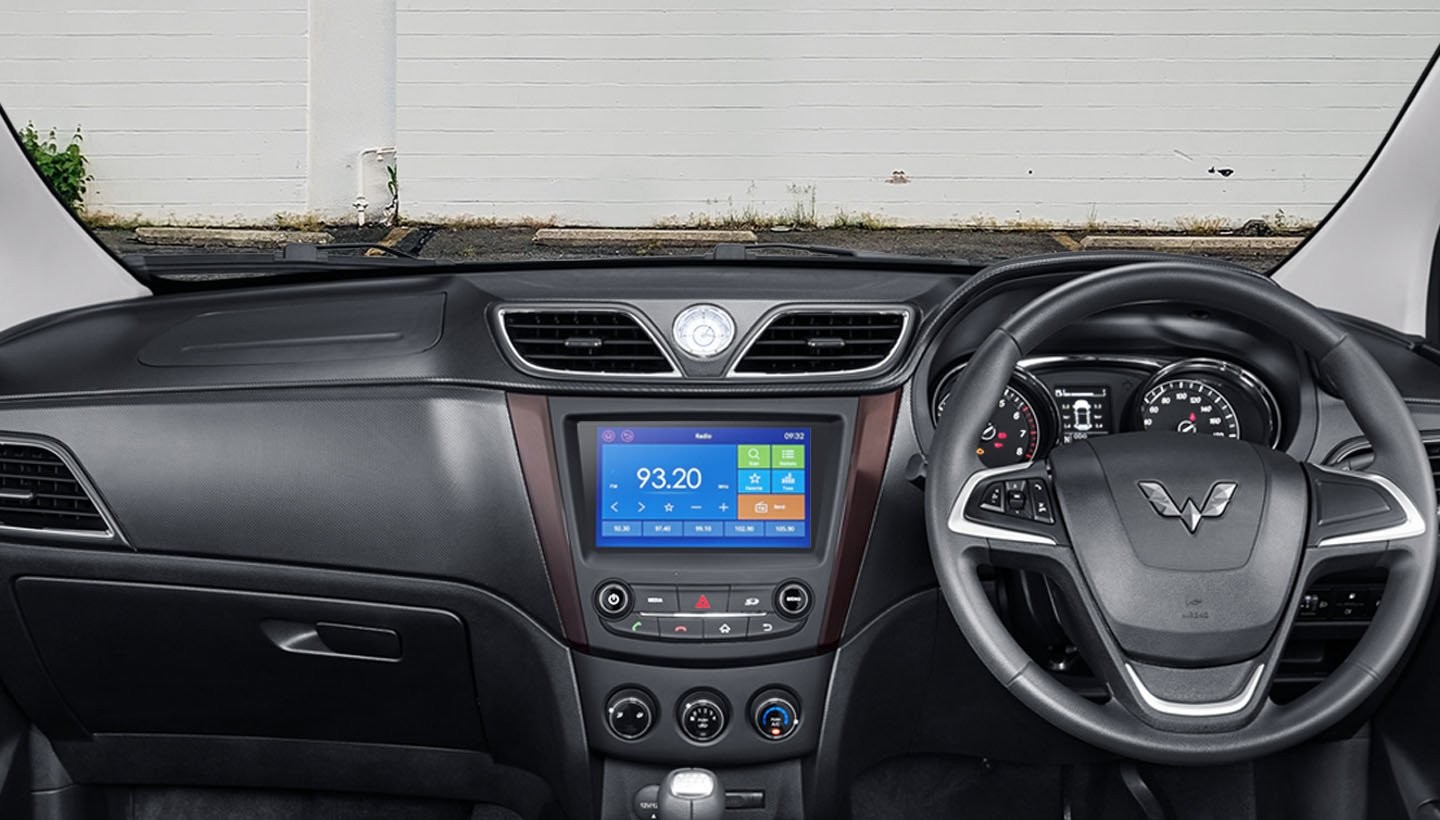The car dashboard, a crucial component of your vehicle’s interior, is positioned at the front, serving as a central hub for vital information and controls. It houses numerous indicator panels that reflect the operational status of various car systems and acts as a separation point between the vehicle’s front and the driver’s cabin. The design and complexity of a dashboard often mirror the sophistication of a vehicle, with advanced features typically correlating with higher quality and more informative dashboards.
Understanding the Car Dashboard: An Overview
Alt text: Car dashboard overview showcasing the layout and key components.
The dashboard is indispensable to a car’s functionality and aesthetic. Without it, both the car’s visual appeal and operational clarity would be significantly compromised. Driving a car without a dashboard would not only feel incomplete but also severely impair a driver’s ability to monitor and control the vehicle effectively.
A car dashboard is composed of numerous interconnected parts that work in harmony. To fully grasp your vehicle’s operation, understanding these individual components and their functions is essential. Let’s delve into the main car dashboard parts and their respective roles.
Essential Car Dashboard Parts and Their Functions
1. Instrument Cluster & Indicator Lights
Alt text: Car instrument cluster highlighting various indicator lights and gauges.
Car indicator lights, located within the instrument cluster, are among the most prominent Dashboard Car Parts. These lights are strategically positioned directly in the driver’s line of sight to ensure immediate attention to critical vehicle statuses.
Indicator lights provide a visual representation of various vehicle parameters, including engine temperature warnings, door open alerts, airbag system status, brake system notifications, check engine light, RPM (revolutions per minute), speedometer readings, seat belt reminders, and odometer values. Each of these indicators plays a unique role in keeping the driver informed about the car’s condition and performance.
2. Glove Compartment
The glove compartment, often referred to as the car drawer, is typically situated in front of the passenger seat. This dashboard car part is designed for storing various items. While some items are essential to keep in the glove compartment, many car owners often overlook its importance.
Essential items to store in your car’s glove compartment include a cell phone charger, flashlight, first aid kit, car owner’s manual, and car insurance documents. Ensuring these items are readily available is crucial for preparedness and convenience.
3. Ignition Switch
Alt text: Car ignition switch location on the dashboard near the steering wheel.
The ignition switch is generally located on the steering column, typically to the bottom right of the steering wheel. This is the dashboard car part where you insert your car key to initiate the vehicle’s engine start-up process.
4. Control Stalks or Levers
Car levers, also known as control stalks, are usually positioned on either side of the steering wheel. The lever on the left primarily controls signaling functions such as turn signals, headlights for nighttime driving, and fog lights for reduced visibility conditions.
Another crucial lever is the transmission lever, used to manage the car’s gear shifts. This lever allows the driver to control the car’s speed and power output by selecting different gears within the transmission system.
5. Head Unit (Infotainment System)
The head unit serves as the central entertainment and information hub in a vehicle. This dashboard car part enables users to play music, connect to smartphones for calls and navigation, and access various vehicle settings. A car without a head unit can often feel less engaging and connected.
Head units are commonly available in two standard sizes: 1 DIN (single DIN) and 2 DIN (double DIN). DIN, which stands for Deutsche Institut fur Normung, is the German standard that defines the dimensions for car audio head units.
6. Car Feature Control Center
The car feature control center is typically located in the center of the dashboard, providing easy access to essential vehicle functions. This section often includes controls for hazard lights, air conditioning, and other comfort and safety features. Its central placement ensures that both the driver and passenger can easily reach and operate these controls.
Modern vehicles, like The New Confero S, integrate advanced dashboard technologies to enhance driving comfort. Features such as an 8-inch touchscreen head unit and comprehensive vehicle information displays contribute to a more modern and user-friendly driving experience. Systems like TPMS, or Tire Pressure Monitoring System, display real-time tire pressure information directly on the dashboard’s Multi-Information Display (MID), adding an extra layer of safety and convenience.
Understanding the functions of your car’s dashboard parts is crucial for safe and informed driving. This overview provides essential knowledge about these components, helping you to better interact with and understand your vehicle.
